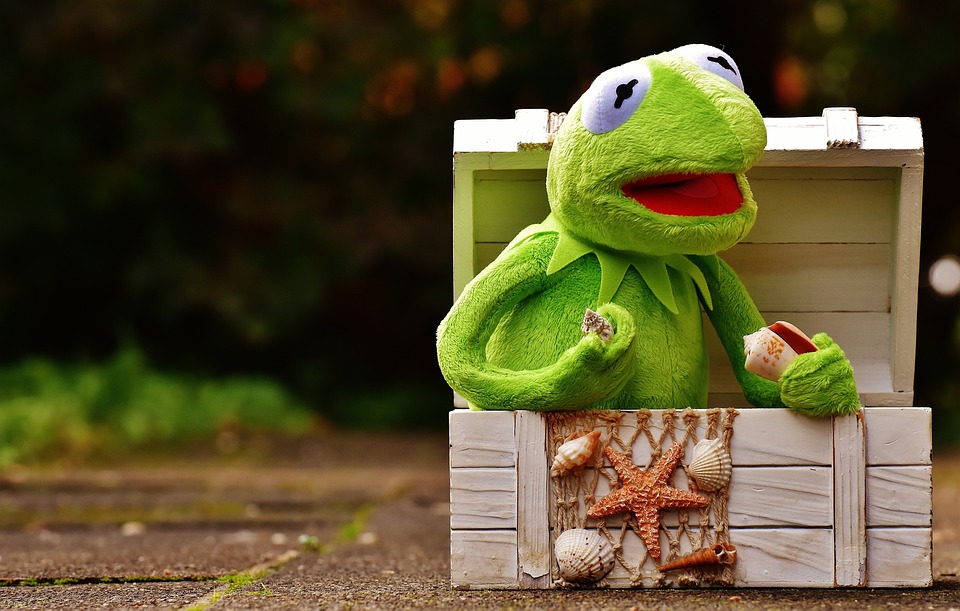Feeding your fish properly is crucial for their health and well-being. However, many fish owners face challenges when it comes to feeding their aquatic pets. In this ultimate guide, we will discuss common fish feeding challenges and provide practical solutions to help you overcome them. We will also answer some frequently asked questions related to fish tank fish feeding.
First and foremost, it is important to understand the nutritional needs of your fish. Different species have varying dietary requirements, so it is crucial to research and provide appropriate nutrition for your specific fish.
One of the challenges faced by fish owners is establishing a consistent feeding schedule. This can be especially difficult for busy individuals. The solution is to set a specific time each day to feed your fish and stick to it. Consistency is key to maintaining healthy eating habits for your fish. If you frequently travel or have a hectic schedule, consider using an automatic fish feeder.
Overfeeding is a common mistake made by many fish owners, leading to obesity and various health issues. To avoid overfeeding, feed your fish small portions that they can consume within a few minutes. Use a timer or monitor the feeding process closely to prevent overfeeding. If you notice uneaten food sinking to the bottom, reduce the amount you offer during each feeding.
Choosing the right fish food can be overwhelming due to the vast variety available in the market. To overcome this challenge, research the specific dietary requirements of your fish species and select high-quality fish food that meets their nutritional needs. Consult with a knowledgeable fish store employee or a veterinarian specializing in fish care for recommendations.
Managing different fish species in one tank can also pose a challenge when it comes to ensuring each fish receives adequate nutrition. Observe the feeding habits of your fish and choose a food type that accommodates the dietary needs of all species. Consider using sinking pellets or flakes that are suitable for both surface and bottom-feeders. Separating fish species during feeding time can also help ensure individual nutritional needs are met.
Some fish can be picky eaters, making it difficult to provide a well-balanced diet. To address this challenge, offer a variety of food options, including flakes, pellets, frozen or live foods. Rotating their diet can entice picky eaters to try new foods. Soaking dry food in tank water before feeding can also enhance the smell and texture, making it more appealing to selective fish.
Aggressive fish may intimidate or steal food from other tankmates, leaving them undernourished. To deal with this challenge, separate aggressive feeders temporarily during mealtime by using feeding rings or floating barriers. This allows other fish to have access to their food without interference. Alternatively, try feeding your aggressive fish first to satisfy their hunger and reduce their aggression during communal feeding.
Now, let’s address some frequently asked questions related to fish tank fish feeding.
Q1. How often should I feed my fish?
Most fish require feeding once or twice a day. However, it is essential to research the specific dietary needs of your fish species, as some may have different feeding requirements.
Q2. Can I feed my fish human food?
No, it is not recommended to feed your fish human food. Fish have specific nutritional needs, and providing them with a balanced diet formulated for their species ensures their overall health.
Q3. Should I fast my fish?
Yes, periodic fasting can be beneficial for fish. It helps prevent obesity and allows their digestive system to rest. Consult species-specific guidelines or seek advice from a fish care expert to determine the appropriate fasting frequency for your fish.
Q4. Can I feed my fish treats?
While occasional treats such as freeze-dried or frozen foods can be provided to enhance their diet, treats should not replace their staple diet. Treats should be given sparingly and in moderation.
Q5. How can I tell if my fish are getting enough food?
Monitor your fish’s body condition regularly. If they appear healthy, active, and maintain a healthy weight, it is a good indication that they are receiving adequate nutrition. Adjust the amount of food offered accordingly if you notice any changes in their body condition.
Remember, proper fish feeding habits are essential for the overall health and longevity of your aquatic pets. By understanding their nutritional needs and addressing common feeding challenges, you can ensure a thriving and vibrant underwater world within your fish tank.









